Swart defends Froome’s physiological testing, more data to be released in 2016
Physiologist thinks other Grand Tour contenders should follow suit
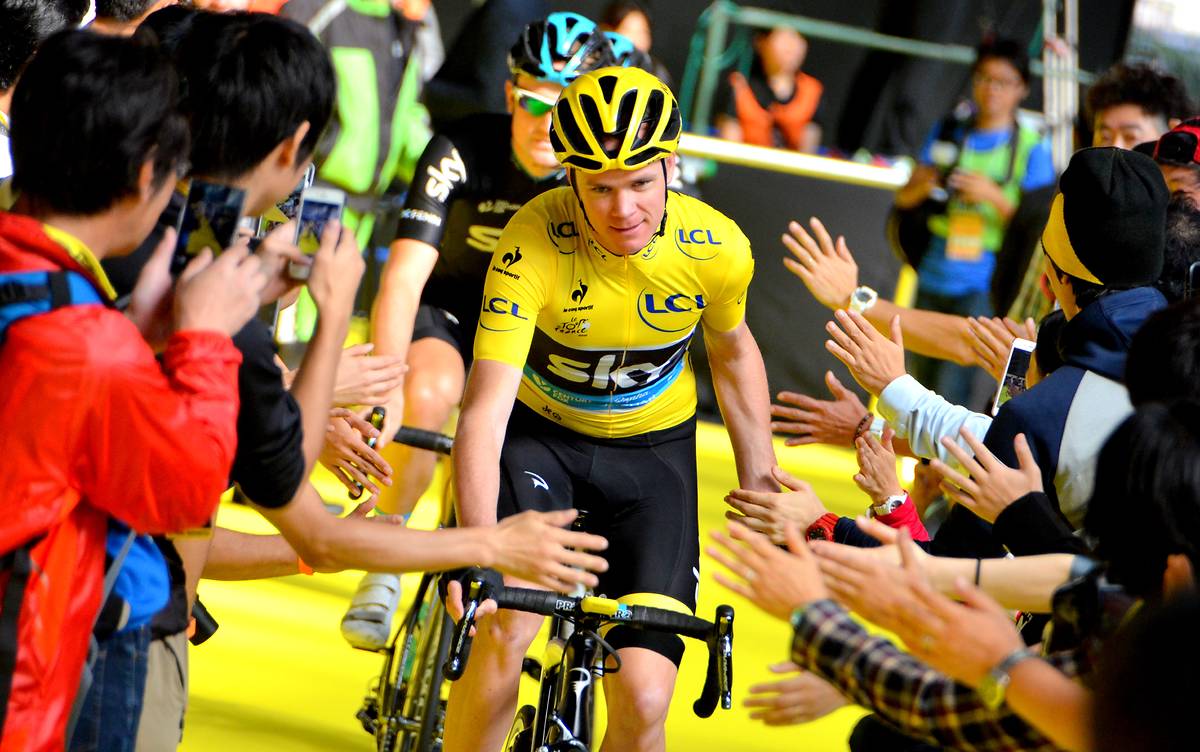
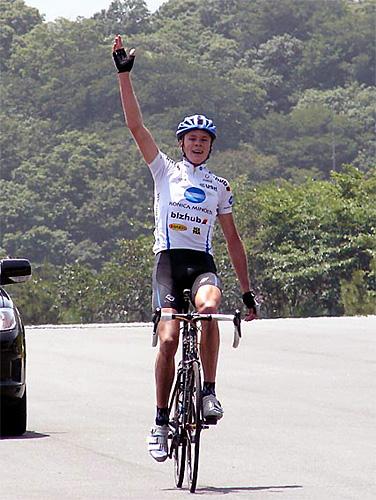
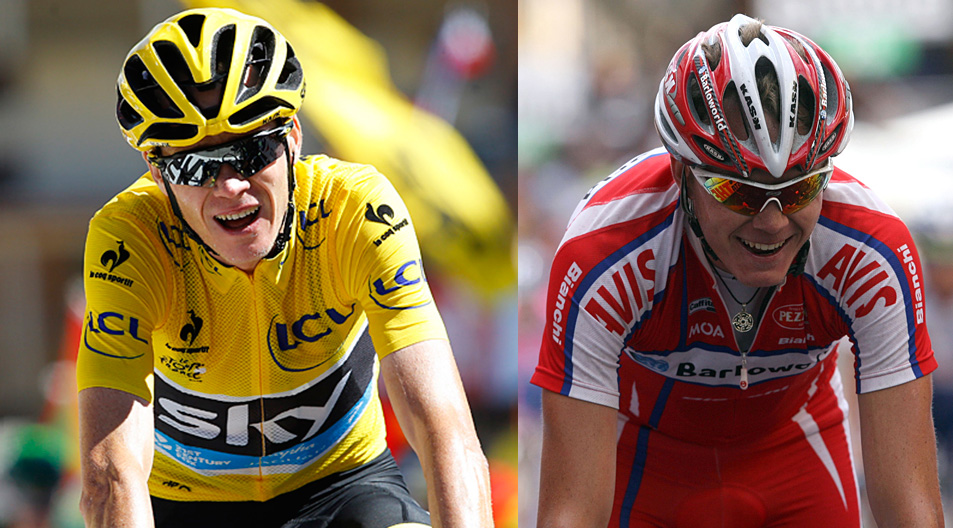
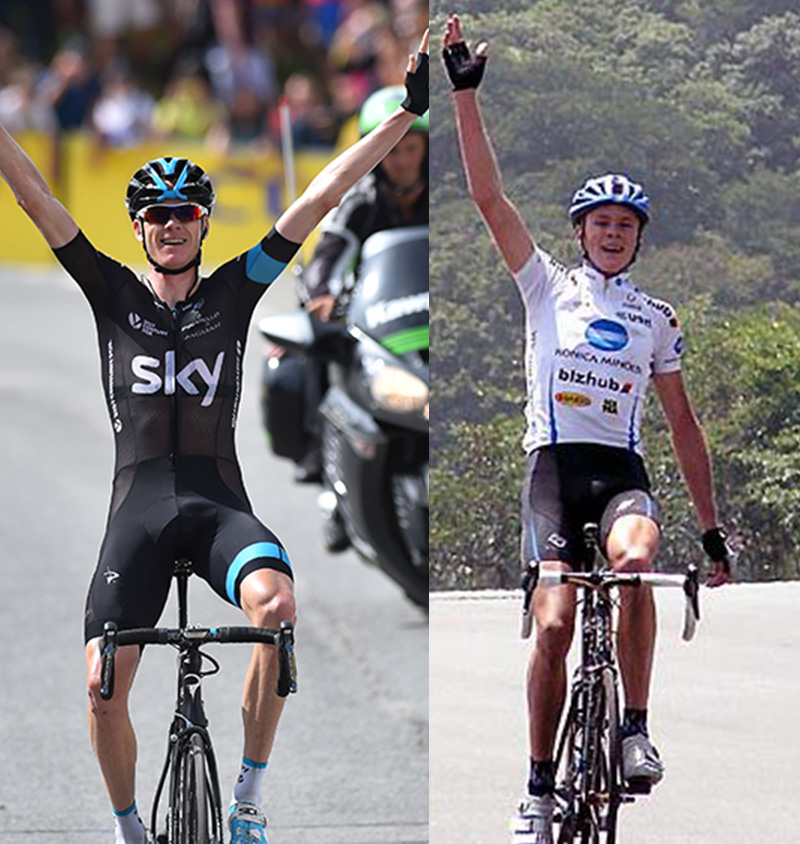
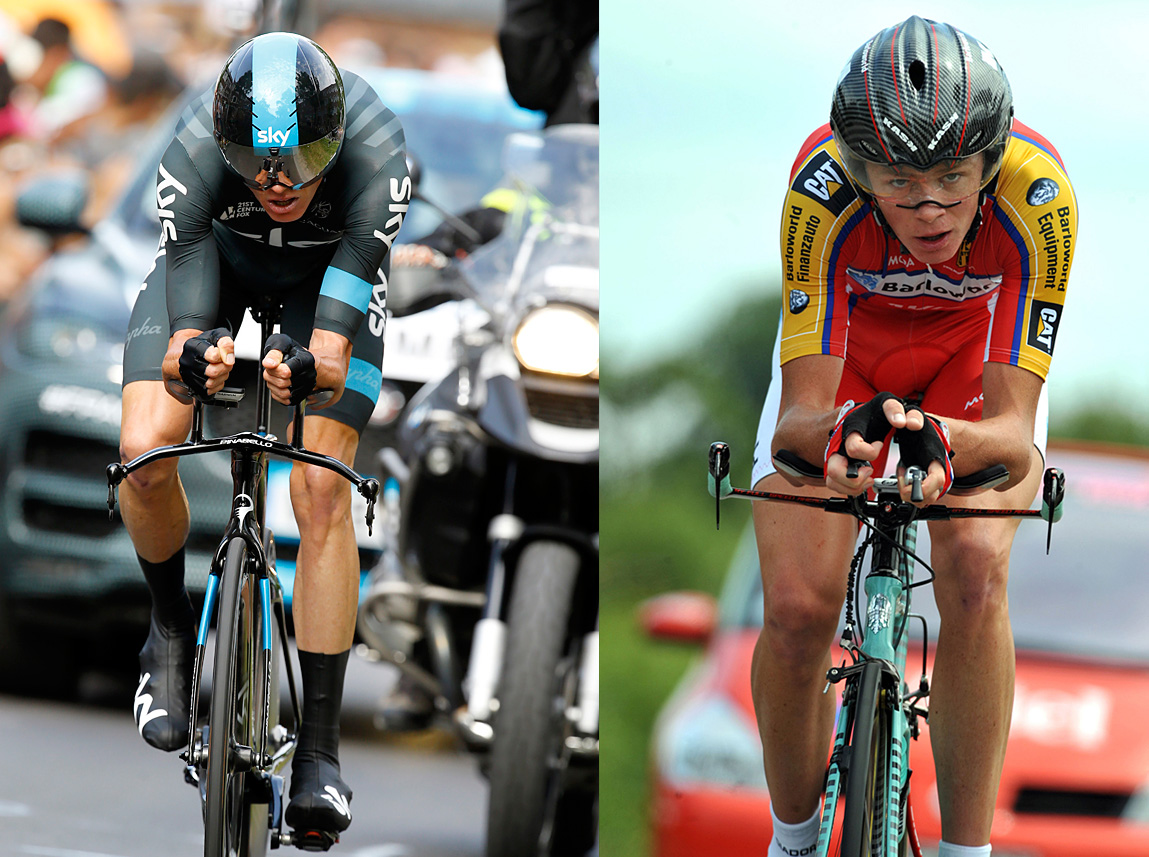
Tour de France winner Chris Froome answered the public's calls for transparency over his exceptional performances by releasing his physiological test data last week. Critics were quick to point out that some important information was missing, but Dr. Jeroen Swart, the exercise physiologist who conducted the tests, told Cyclingnews they intend to publish additional data in a peer-reviewed scientific journal in 2016.
Froome to release physiological testing data on December 3
Chris Froome explains delay in publication of physiological data
Froome's physiological tests will not stop every doubter, says Brailsford
What to expect from Chris Froome’s physiological test data
Wiggins doubts release of Froome's physiological data will change anything
Chris Froome's physiological test data released
Chris Froome: You can win the biggest bike races in the world clean
What is VO2 Max? Explaining Chris Froome's physiological testing data
Froome’s physiological testing insufficient, says Grappe
Five key points of Chris Froome's physiological data
Boardman praises Froome's decision to publish data, calls on others to follow suit
The journal article will contain full details of the tests Swart and his colleagues Dr. Phill Bell and Matt Furber conducted at the GSK Human Performance Lab in London in August 2015, going beyond the synopsis that was published by Esquire magazine last week.
Speaking with Cyclingnews, Swart said the full report will answer some of the criticisms levied at the initial publication, including the missing efficiency data noted by Dr. Andrew Coggan.
"[Coggan] made a comment about efficiency data, which is a valid point," Swart told Cyclingnews. "It doesn't really fit with an initial report. That's the data we will publish in a peer-reviewed scientific article. It was premature to ask for that. It's self-evident there is a lot more data that we collected and that we can't publish all of it immediately. Because then no scientific journal would want to publish it because it's in the public domain already."
When Froome decided to answer the critics and submit to physiological testing, his wife Michelle Froome reached out to Swart, who Froome had met backstage at the South African television station SuperSport, where they were both booked for a segment in 2011. They kept in touch occasionally, and then Michelle Froome reached out during this year's Tour de France.
"After all the abuse he suffered, I got a call out of the blue from Michelle, who asked whether I'd be interested in doing the testing," Swart said.
They decided on a time, then had to find the right location. "We looked at options for testing in Monaco [where Froome lives during the season]. We didn't really find a suitable lab where we could do everything in one place." They settled on the London GSK lab, which was a short ride from the airport, making it easy for both Froome and Swart, who had to travel from Cape Town.
Get The Leadout Newsletter
The latest race content, interviews, features, reviews and expert buying guides, direct to your inbox!
What followed was a series of tests to determine Froome's lactate threshold, VO2 Max, efficiency, maximum power output and other pieces of information to describe how he performs so well on the bike.
- See also: What is VO2 Max? Explaining Chris Froome's physiological testing data
- Chris Froome's physiological data released
- Five key points of Chris Froome's physiological data
- Chris Froome: You can win the biggest bike races in the world clean
Calling all Grand Tour winners
Swart understands that the public wants reassurances, considering that Froome's rise to the top of the sport came closely on the heels of the massive doping scandal surrounding Lance Armstrong, but he doesn't think Froome should be singled out.
"It's clear that he has done more than any other rider to be open and transparent with regards to various aspects of the physiological testing. You have to give him some kudos for what he's done already," Swart said.
"I can understand the call for this level of scrutiny, but it also has to be balanced. If Chris is [making test data public], then other riders like [Vincenzo] Nibali and whoever else wins a Grand Tour should probably also be doing it. I think it would be interesting to see the data of other athletes of his level and start to get an understanding of the various attributes of these athletes."
More testing in the future
Swart and his research team wanted to perform a test with Froome on the open road, rather than confine the measurements only to the artificial environment of a laboratory. But since they squeezed the test in between Froome's appearances at post-Tour criteriums and the Vuelta a Espana, they were limited to the area around the London GSK lab, and couldn't find a suitable ascent.
"Chris gave us carte blanche to decide what tests we wanted to do. We were interested in doing a field test, which we probably will still do, but it didn't work out that well. We couldn't find a climb long enough near London. We thought about Box Hill, but it was too short to do a steady state test. So we decided to do the test in the lab," Swart said.
He added that Froome is open to doing more testing in the coming year. "At all times, we've indicated this is just the start of the testing. He's open to doing further testing as time goes by. This wasn't just a one-off."
Ideally, the open-road testing would happen when Froome is at or near his peak of form, so either between the Critérium du Dauphiné and Tour de France next June, or just after the Tour in August.
"All of the variables change depending on the training status of the athlete. Ideally, you want to do that when their training status is maximal. Otherwise, if you tested someone in the off-season, you'd get vastly different results for the same variable," Swart said.
What they could see from the field test is a more realistic idea of how much power Froome can sustain and why.
"One of the things that happens when you hold a certain power output is your oxygen consumption increases despite the fact you're holding a steady power output," Swart explains. "The rate at which that [oxygen consumption] increases determines how long you can hold that power. Although we've measured his blood lactate curve, and we've inferred the power output that he could maintain for 20 or 40 minutes, a field test would give us greater clarity on the exact power output he can sustain. That's the rationale for doing the field test, to actually measure what happens when he holds the power output for a period of time."
- See also: Boardman praises Froome's decision to publish data, calls on others to follow suit
- Froome’s physiological testing insufficient, says Grappe
What the tests can and cannot tell
Fans hoping to have proof that Froome is clean, or detractors wishing to show the opposite, will be equally disappointed.
Froome's tests show that his physiology is at the extreme end of the spectrum of human ability, but one would expect that from an athlete at the top of his sport, Swart said.
"One thing we got out of [the testing] is that it does show the performances in the Tour de France at the moment are in the realm of what we'd expect a normal human to be capable of," Swart told Cyclingnews.
"VO2 max testing has been done for decades. You've seen the odd cyclist hit the low 90s, with the majority of them being in the 80s. Every cyclist at that level has fairly similar efficiency; the result is that for a particular VO2 max, there's a particular peak power output, and their ability to sustain power for a long period at a given fraction of peak power. It shows these performances are credible in terms of human ability. What the data don't answer is whether or not the performance was achieved using performance-enhancing drugs or not. I've stated that a number of times."
"We have to be realistic. There are athletes who use shortcuts to try and reach that same level. Cycling has had its share of doping scandals. We always have to have some degree of skepticism, but at the same time the process is going to select for the best human specimens. There can only be one winner, and that winner will be the extreme right-hand side of the curve. We'd expect that physiology to be exceptional, and not many would have that physiology."
- See also: LeMond: Froome 'within the realm of human performance' at Tour de France
- What to expect from Chris Froome’s physiological test data
Transition from talented rider to Grand Tour champion
The data collected by Swart and his colleagues showed that Froome's maximum power and VO2 Max in 2007 and 2015 were similar, but his performances at those times were quite different. Froome weighed in 5.7kg (12.5lb) heavier in 2007 than in 2015, but showed similar maximum power outputs and VO2.
While much of the improvement in Froome's results could come from shedding excess body fat, Swart says we may never be able to explain fully why he was under-performing until 2011.
"He had an engine back in 2007, I'm sure that's why Team Sky signed him, and he was carrying a lot of body fat back then. Those are objective and clear points that were raised in the Esquire piece," Swart said. "The only thing we can see is that he had a phenomenal level of talent, and he was certainly carrying a lot more weight. That's just one of the facets that caused his under performance until the Vuelta in 2011.
"There are so many aspects to performance. If it were all about our physiological abilities, we could just do a lab test and then call the Tour de France winner based on that. We wouldn't have to watch them race around France for three weeks. Performance is a multifaceted thing, and there are so many different inputs. Sometimes it's difficult to isolate a cause of under performance.
"From having worked with athletes for a decade, I've realised sometimes you don't have the answer. It's very difficult to establish why an athlete is under performing. Sometimes it can be traced back to an infection or an iron deficiency, exercise induced bronchospasm, or sometimes it's just an imbalance between training load and recovery. At that high level, the difference between the podium and finishing in the bunch is 1-2 percent. We might never get a clear answer on the differences."
Froome credited ridding himself of a lingering bilharzia infection for his sudden burst of form and made the medical records relating to his treatment for the parasite available.
Beyond that, Swart said, "what transpired between 2007 and the 2011 Vuelta is something that we may not ever find the answer to."
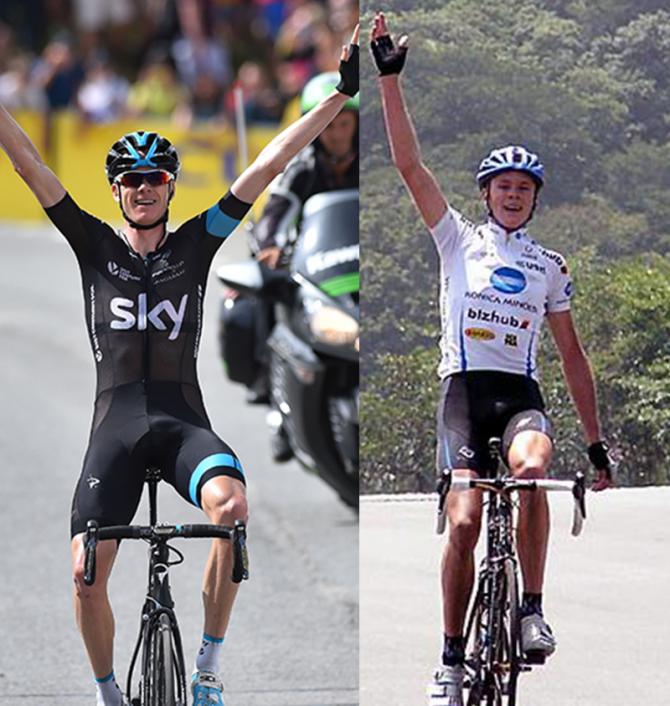
Chris Froome at the 2015 Criterium du Dauphine (Sirotti) and 2007 Tour of Japan (Miwako Sasaki)

Laura Weislo has been with Cyclingnews since 2006 after making a switch from a career in science. As Managing Editor, she coordinates coverage for North American events and global news. As former elite-level road racer who dabbled in cyclo-cross and track, Laura has a passion for all three disciplines. When not working she likes to go camping and explore lesser traveled roads, paths and gravel tracks. Laura specialises in covering doping, anti-doping, UCI governance and performing data analysis.